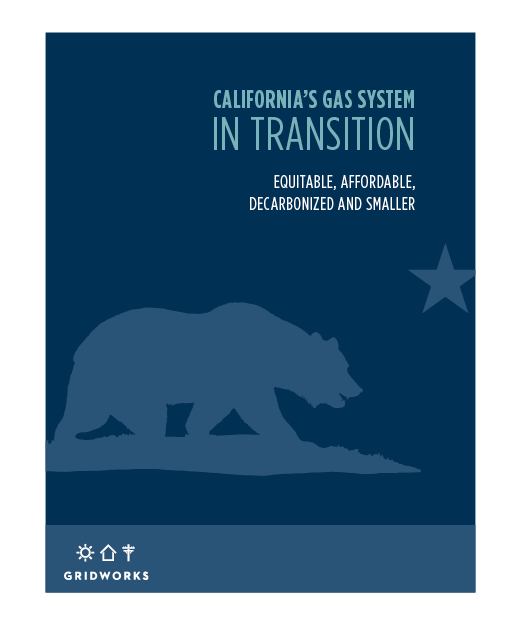Overview
In 2019, California’s energy agencies partnered with Gridworks to facilitate the Vehicle-Grid Integration (VGI) Working Group and advance the adoption of electric vehicles (EVs) and clean energy. As facilitator, Gridworks engaged stakeholders from a variety of agencies and organizations to identify and report on opportunities to use electric vehicles for cost and emissions reductions within the power sector.
Landscape
In pursuit of a carbon-neutral economy, California set a goal to have 5 million zero-emission vehicles on the road and 250,000 charging ports in service by 2030. The state also emphasized that accelerating vehicle grid integration would reduce costs or mitigate cost increases for all ratepayers that might otherwise emerge as a result of increased usage of EVs.
Vehicle Grid Integration offers numerous potential benefits, including:
-
Accelerating the adoption of EVs through incentives that lower the total cost of vehicle ownership for both individual owners and fleet operators.
-
Reducing costs to electricity ratepayers by reducing power transmission congestion and the need for costly distribution system upgrades, as well as reducing the need to invest in new fossil-fuel electricity generation.
-
Incentivizing increased decarbonization of the electric sector by expanding the use of clean energy and providing renewable grid services.
Because VGI represents a historical merging of the clean transport and clean energy sectors, the Working Group needed to build consensus among an extensive group of stakeholders to realize these benefits.
Approach
The VGI Working Group engaged experts from over 80 organizations to identify the value of a wide range of VGI use cases, then to develop and vet policy recommendations. Over a ten-month period, Gridworks—together with the California Public Utilities Commission and the state’s three major utilities—led an intensive series of workshops, subgroups, dialogues, and solicitations of Working Group members.
A central challenge of VGI—the need to integrate across multiple sectors—was reflected in the diversity of the Working Group’s participants, which included electric utilities, community choice aggregators, EV manufacturers, charging providers, government leaders, and advocacy and research groups.
Outcomes
This initiative led to several achievements in support of Vehicle Grid Integration, including:
-
Identifying more than 300 different VGI use cases potentially able to provide value by 2022.
-
Developing 92 individual recommendations for policy actions to immediately begin realizing the value of VGI.
-
Assessing opportunities and stakeholder interests across a full range of sectors and applications
-
Influencing a comprehensive, unanimous policy decision by the California Public Utilities Commission that is strongly based on the Working Group’s results, launching California’s VGI future less than six months after the conclusion of the Working Group.


 Outcomes
Outcomes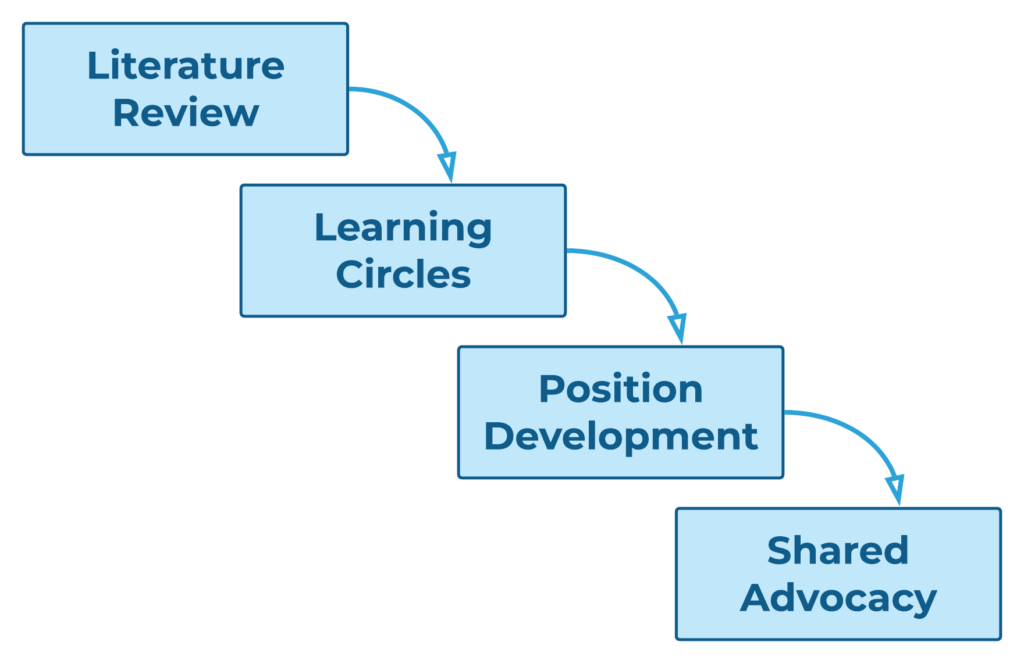


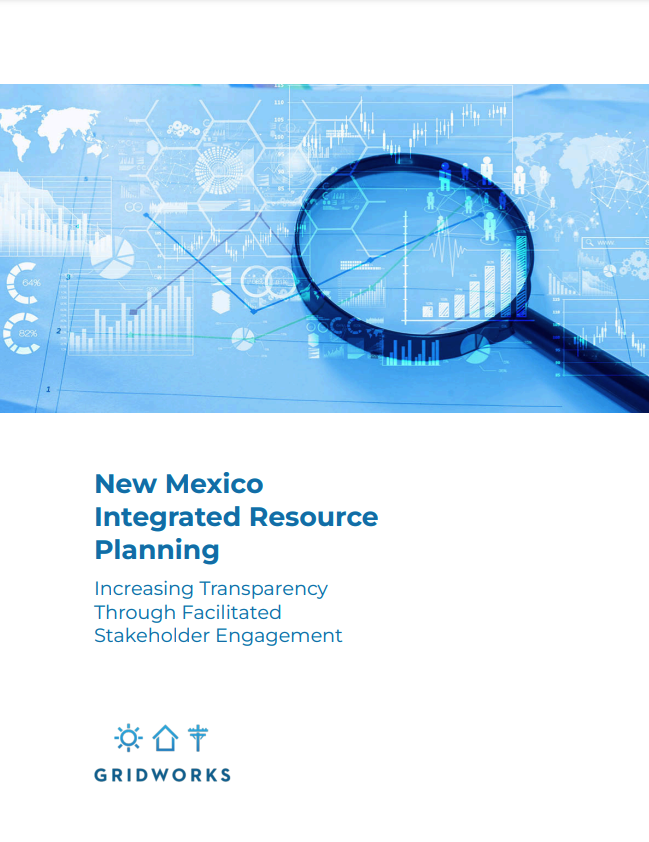

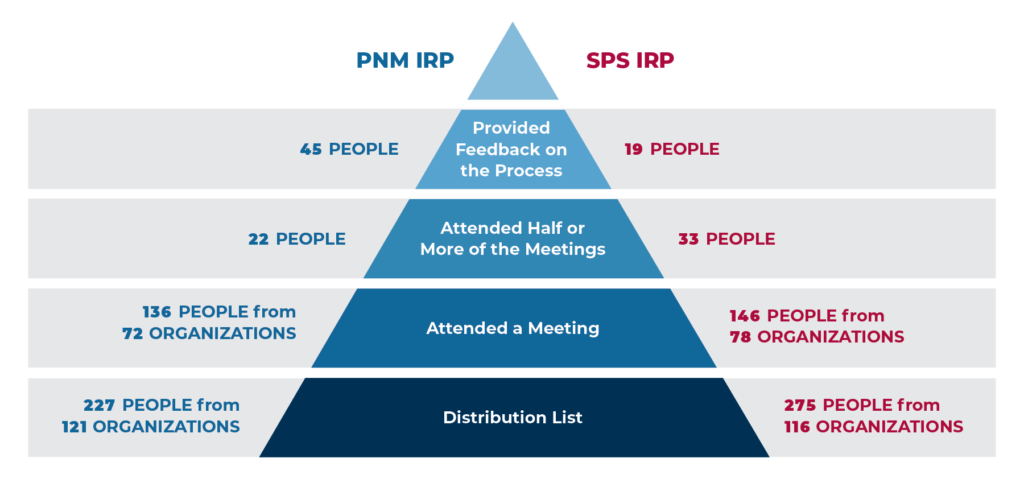


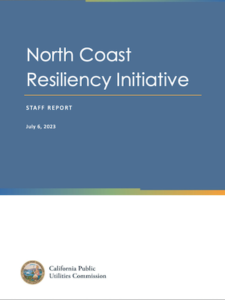


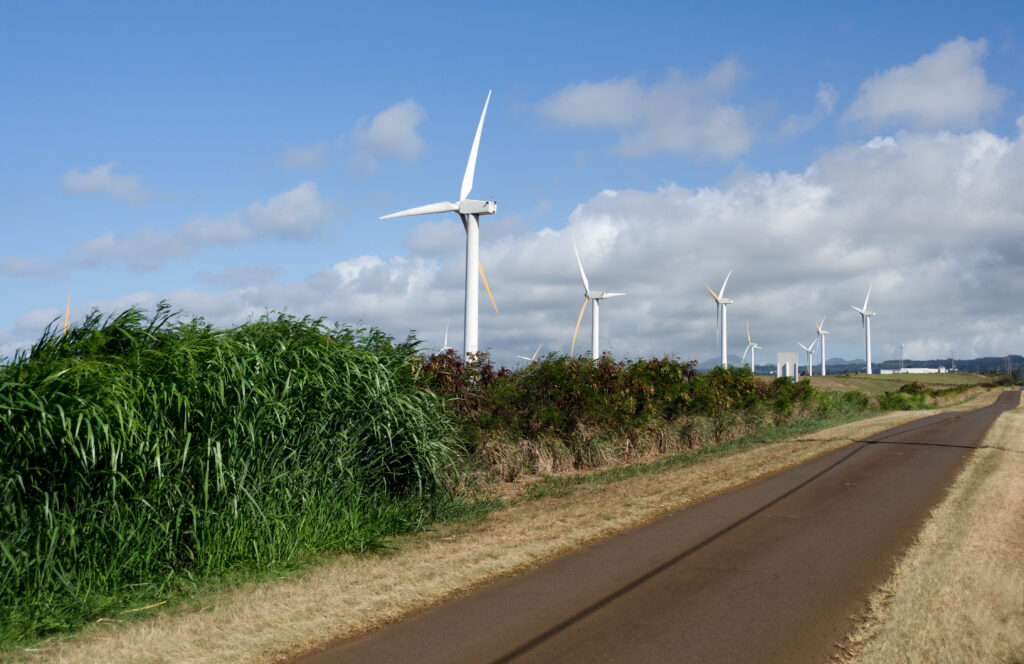
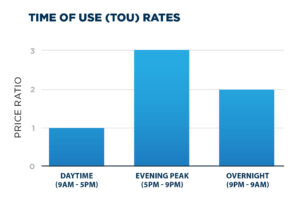
 California’s policies, goals, and investments in the ZEV industry have set a clear pathway for industry growth in the coming years. However, without strategic intervention, growth of the ZEV industry is likely to widen the existing clean energy gap between low- and middle-income Californians and those with more wealth. Further, while ZEV industry growth is projected to create new jobs, the location, quality, and type of those jobs is unclear, and undirected job creation has the potential to perpetuate existing trends in wage stagnation and income inequality in California.
California’s policies, goals, and investments in the ZEV industry have set a clear pathway for industry growth in the coming years. However, without strategic intervention, growth of the ZEV industry is likely to widen the existing clean energy gap between low- and middle-income Californians and those with more wealth. Further, while ZEV industry growth is projected to create new jobs, the location, quality, and type of those jobs is unclear, and undirected job creation has the potential to perpetuate existing trends in wage stagnation and income inequality in California.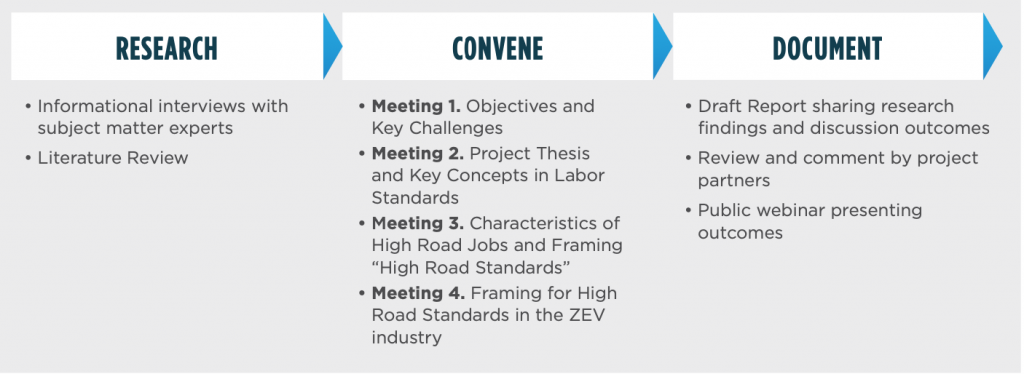

 At least 26% of California’s end use greenhouse gas emissions are produced in buildings, primarily in heating space and water. While the state has made significant progress removing emissions from power generation through a transition to clean energy, progress from the diffuse and challenging building sector has been limited. In 2018, a plan for tackling this challenge was needed. The plan needed to advance the use of clean, renewable electricity in buildings, taking the place of emissions from burning conventional gas. The strategy needed to educate customers, equipment and service providers, and policy-makers on why building decarbonization was imperative and why they should act now to address the challenge.
At least 26% of California’s end use greenhouse gas emissions are produced in buildings, primarily in heating space and water. While the state has made significant progress removing emissions from power generation through a transition to clean energy, progress from the diffuse and challenging building sector has been limited. In 2018, a plan for tackling this challenge was needed. The plan needed to advance the use of clean, renewable electricity in buildings, taking the place of emissions from burning conventional gas. The strategy needed to educate customers, equipment and service providers, and policy-makers on why building decarbonization was imperative and why they should act now to address the challenge.

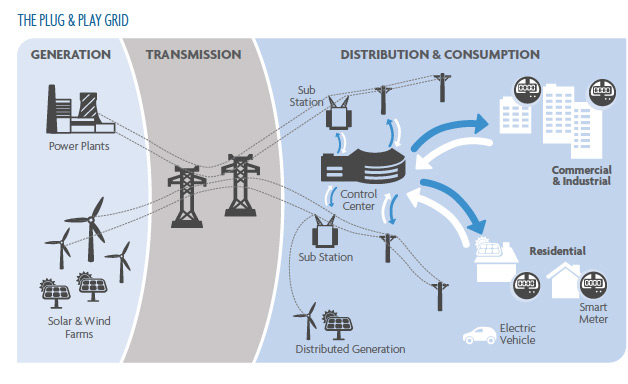 investments were typically engineered to support one-directional flow of power and communication, and serve predictable load patterns. Over the past decade, these historic practices have been challenged as customers increasingly adopt technologies like rooftop solar and electric vehicles, while communities demand more choice in their energy future. These trends have called utilities to open their decision-making processes to the public, while challenging regulators to facilitate more transparent, robust and holistic stakeholder processes.
investments were typically engineered to support one-directional flow of power and communication, and serve predictable load patterns. Over the past decade, these historic practices have been challenged as customers increasingly adopt technologies like rooftop solar and electric vehicles, while communities demand more choice in their energy future. These trends have called utilities to open their decision-making processes to the public, while challenging regulators to facilitate more transparent, robust and holistic stakeholder processes. 


 the California Energy Commission warned that without a transition plan for a low carbon future, rates for customers remaining on the gas system could rise from about $1.50 per therm today to as much as $19 per therm by 2050. Compounding the potential for unacceptable rate increases, the lack of a transition plan for the gas system puts the security of low-income customers and critical utility workers at risk.
the California Energy Commission warned that without a transition plan for a low carbon future, rates for customers remaining on the gas system could rise from about $1.50 per therm today to as much as $19 per therm by 2050. Compounding the potential for unacceptable rate increases, the lack of a transition plan for the gas system puts the security of low-income customers and critical utility workers at risk. Outcomes
Outcomes